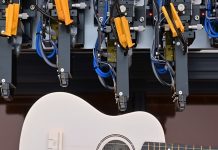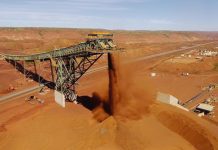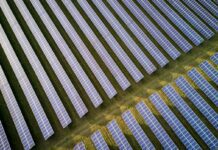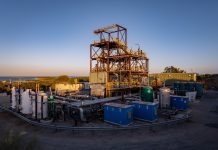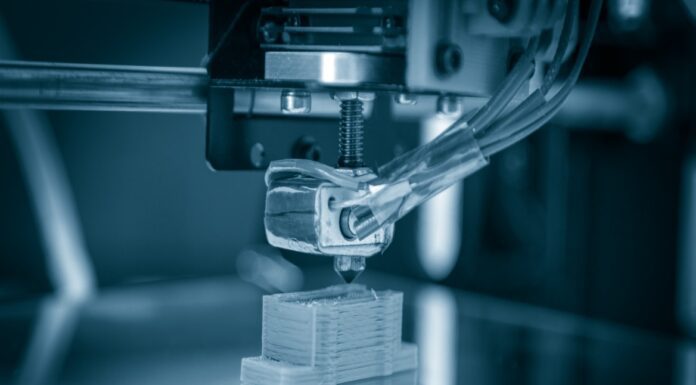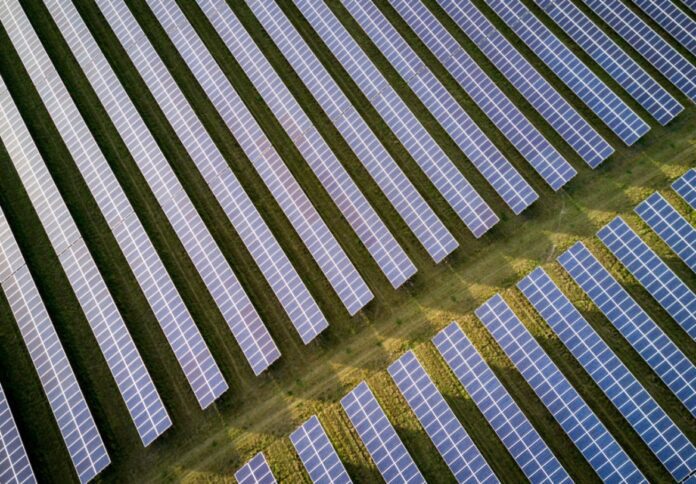
The Australian Renewable Energy Agency (ARENA) announced over $3.2 million in funding for two innovative solar projects aimed at achieving ultra-low-cost solar energy.
PV Lighthouse Pty Ltd (PV Lighthouse) will receive $1.97 million to enhance its SunSolve yield modelling software, while Built Robotics Australia Pty Ltd (Built Robotics) will receive $1.3 million for its autonomous piling robots project.
Together, these projects have unlocked more than $6.5 million in total investment, ARENA said in a news release.
ARENA CEO Darren Miller highlighted the significance of these projects in improving solar PV technology, making it more efficient and quicker to deploy.
“Ultra low-cost solar is Australia’s key to achieving the renewable energy transition and reaching our net zero goals. Automation and efficiency are both leading tools in driving down costs. Both projects are exploring innovative approaches to doing just this.
“These are groundbreaking projects using cutting-edge technology to enhance Australia’s solar PV manufacturing and energy generation,” said Miller.
PV Lighthouse’s project aims to enhance the existing SunSolve software, increasing the accuracy of power output forecasts and reducing uncertainty and risk during planning and development.
These improvements are critical for securing project investments, supporting ARENA’s vision for ultra low-cost solar.
Built Robotics’ project, an Australian first, will automate the pile driving processes involved in constructing utility-scale solar farms, which are currently labour and time intensive.
The design and piloting of first and second-generation prototype robots have the potential to reduce piling time and labour costs by approximately 82 per cent and 88 per cent respectively, enhancing installation efficiency and safety.
The impact of these projects will be significant, underscoring Australia’s essential role in developing and deploying the technology needed for the clean energy transition.
Keith McIntosh, founder and CEO of PV Lighthouse and SunSolve, stated, “Before SunSolve existed, developers did not have a modelling solution that could accurately represent their structures and modules.”
“This meant they had to guesstimate several of the loss factors required for their yield forecasts. Now developers can rapidly calculate these factors with SunSolve, giving them greater confidence in their forecasts – a key advantage when negotiating project financing,” he noted.
Meanwhile, Paul Kelly, general manager and VP of Business Development at Built Robotics, added, “Australia is a technology hub for renewable energy, and Built Robotics is honoured to be working with ARENA to continue inventing better ways of building solar farms. By helping to automate the most repetitive and difficult tasks on jobsites, Built’s robots aim to lower the cost of energy, accelerate construction, and provide safer working conditions for skilled workers.”
ARENA is targeting a reduction in the installed cost of solar projects to just 30 cents per watt and aims to achieve a levelised cost of electricity below $20 per megawatt hour by 2030.
This could help unlock a total installed capacity of 1 terawatt of solar PV by 2050.
Both projects are examples of the innovative ideas that ARENA expects to support through its $100 million Solar ScaleUp Challenge, a global initiative designed to stimulate greater innovation and collaboration in the solar sector, realize ARENA’s ultra low-cost solar vision, and accelerate the deployment of large-scale solar projects.
For more information about the Solar ScaleUp Challenge, visit: ARENA Solar ScaleUp Initiative.


